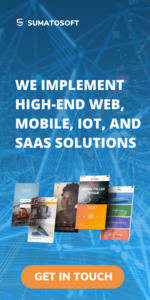-
The best solution is practice.
To develop the first position, you need to learn to be associated with your emotions, feelings and states. In other words, it's about having access to your own values. Let me explain: a person can be aware of his values and be guided by them in making decisions, or act intuitively. It is best to formulate them for yourself through reflection or work with a specialist. Values are expressed, including in the principles that guide the designer in his work.
-
In it, a person perceives what is happening in terms of benefit and value for others. In this position, participation in the lives of other people, caring for them are especially expressed. The main prerequisite is the feeling of a satisfied need for self-realization and the question of bringing benefits.
If you look wider, then there are much more systems, and the fourth position is more voluminous. For example, the product is affected by the legislation of the states in which the product will operate. There may be socio-cultural aspects, religious, moral and ethical, specific to a particular region or group of users.
-
The people we work with know what they and their users need. Not in the smallest detail, but enough to shoot at a large segment of the audience.
In such conditions, we are partially going blind: we independently choose the best option for the user, and our testing and research is limited. This does not mean that we do not know how to do it or do not want to, just a lot depends on the input.
We make decisions based on independent research background, proven patterns, customer feedback and experience, local research and our practice. The value of what we do is measured in a different way, and that's okay.
Creating design systems in an outsourced development environment is significantly different from the experience of a product environment. We have developed our own rules that allow us to design a scalable and easily changeable interface. Due to this, we reduce the time for design development, flexibly adapt to any changes of the customer and quickly immerse newcomers into projects. And, of course, do not forget to regularly improve the developed system.
-
Unlike outsourced development, a product can easily afford to prioritize features based on available funds, as well as often conduct in-depth user research and tests in a variety of formats.
Our task is to make it cool right away. We need to roll out a quality product to the market once. So that it works right away. We cannot always use the practices of creating applications from other product companies: we have limitations.
In most cases, the restrictions for the product come from users, for outsourcing - from the customer. And that's okay, because it's a completely different business model and a completely different approach.
 Suivre le flux RSS des articles
Suivre le flux RSS des articles Suivre le flux RSS des commentaires
Suivre le flux RSS des commentaires

